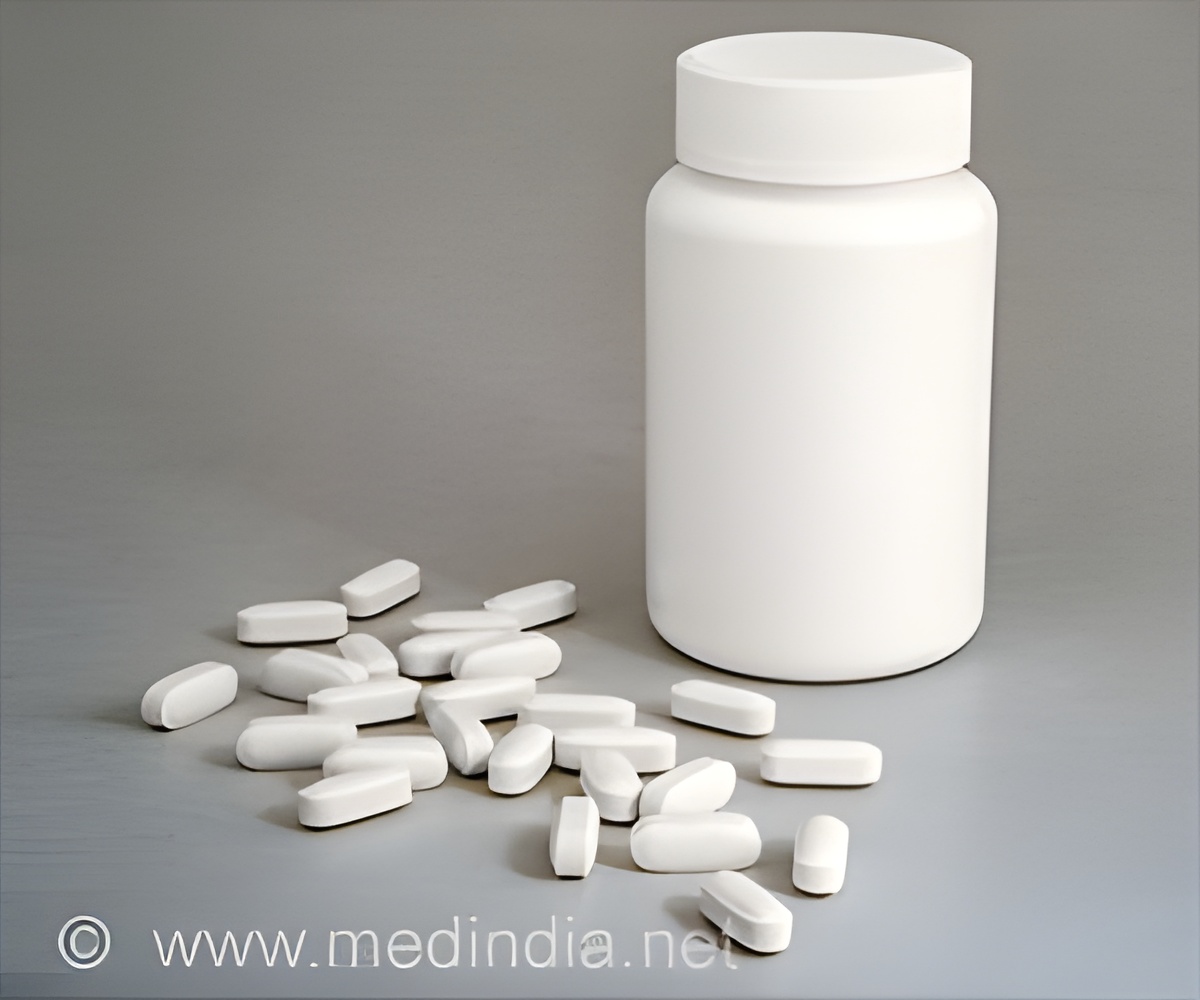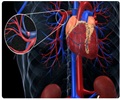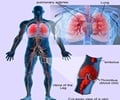Newly published ESC Guidelines have the first recommendations on the use of all new oral anticoagulants in pulmonary embolism.

The "2014 ESC Guidelines on the diagnosis and management of acute pulmonary embolism" are published today online in European Heart Journal (1) and on the ESC Website.
Venous thromboembolism (VTE) includes deep vein thrombosis (DVT) and pulmonary embolism (PE). Acute PE is the most serious clinical presentation of VTE and is a major cause of mortality, morbidity and hospitalisation in Europe. Previous ESC Guidelines on acute PE were published in 2000 and 2008.
The aim of anticoagulant treatment in patients with PE is to prevent VTE recurrence. Recently, the results of large trials paved the way for the use of new oral anticoagulant drugs in VTE. Professor Konstantinides, Task Force Chairperson, said: "These are the first major international guidelines with a complete set of recommendations on the use of new oral anticoagulants in VTE. For each drug we provide detailed recommendations on how and when to use it, and whether it should be first line treatment or an alternative to standard treatment."
Also for the first time there is an algorithm for risk stratification which incorporates all available tools and recommends how to manage patients according to their risk. Professor Konstantinides said: "Patients with PE or suspected PE who are in shock are at high risk. But at least 95% of patients are at intermediate or low risk, and defining how to manage them has not been clear."
He added: "Previously, we used echocardiography and/or a CT scan to evaluate the right ventricle, but did not combine this information with clinical data. These topics have advanced in the past six years and now we can integrate clinical scores of severity, imaging with echo and CT, and biomarkers, to define levels of risk. And, more importantly, we now have solid evidence to give recommendations on rescue rather than primary thrombolysis in patients at intermediate risk of early adverse outcome. We are also now able to recommend how to identify low risk patients which may be considered for early discharge despite a confirmed PE episode."
Advertisement
Age-adjusted D-dimer cut-offs have been introduced to identify patients at all ages not requiring anticoagulation. D-dimers are assessed with a single blood test in patients in whom PE is suspected but unlikely. Until now anticoagulation could be withheld in patients with levels <500 µg/L but D-dimer rises naturally with age. Presented evidence suggests that for patients over 50 years the cut-off may now be their age times 10. For example, in a 65 year old the cut-off would be 650 µg/L.
Advertisement
Professor Konstantinides concluded: "These guidelines provide the most comprehensive recommendations ever for the diagnosis and treatment of PE. Clinicians can confidently risk stratify their patients with suspected PE and provide appropriate treatment including the new oral anticoagulants."
Source-Eurekalert














